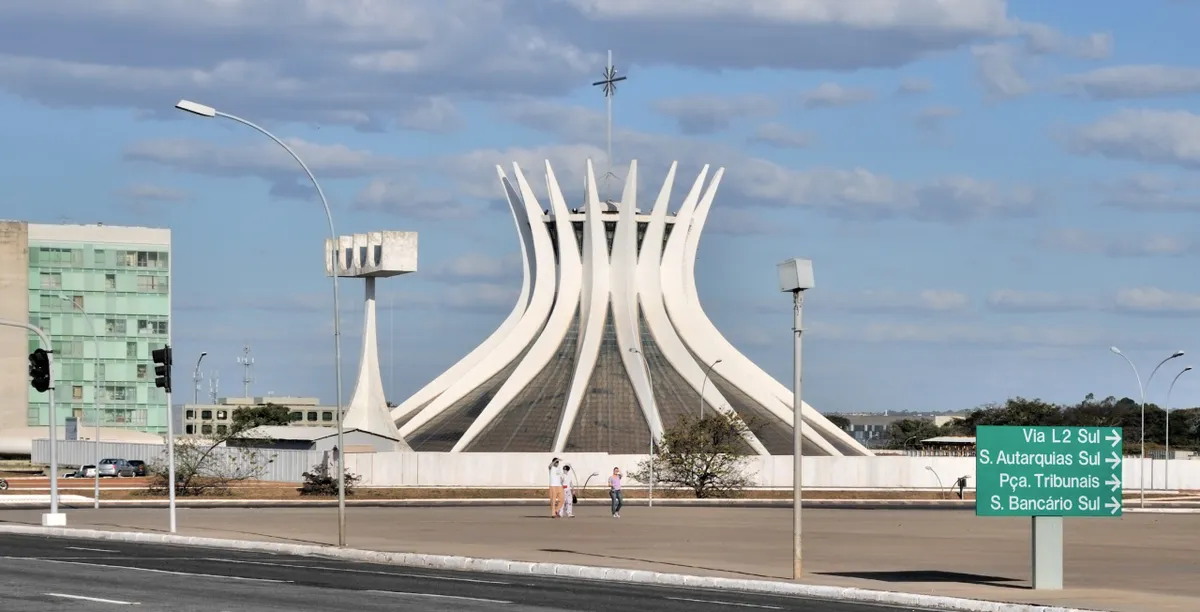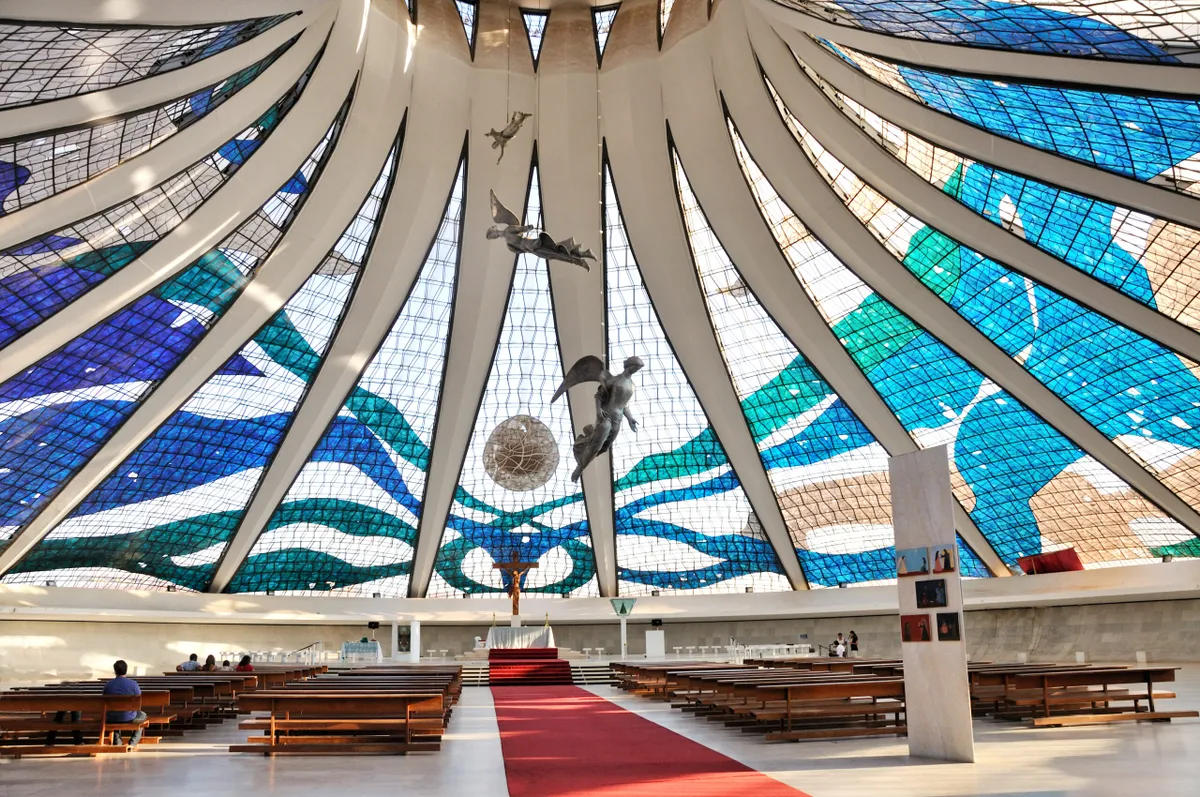Cathedrals are often the most iconic buildings in a city, with more public money ploughed into their structures than any others. They not only represent the finest in architectural design: they also showcase the social, cultural and religious histories of a place. Many have overcome disaster in the form of war and fire, but the reconstructions of these majestic buildings are often as interesting as the original designs themselves.
But where are the best cathedrals in the world? We've rounded up our top ten – and given you a little extra information about the instruments at the centre of their design: the pipe organ.
Best cathedrals in the world
Chartres Cathedral, France
Chartres Cathedral is the pinnacle of French Gothic design. It was first built in 1145 and then underwent a long reconstruction following the fire of 1194. It has retained its 13th-century stained-glass windows, has a vast nave and features stunning 12th-century sculptures, all of which have remained in remarkably good condition over the years.
Every two years, the catehdral hosts the world-famous international organ competition, the Grand Prix de Chartres.
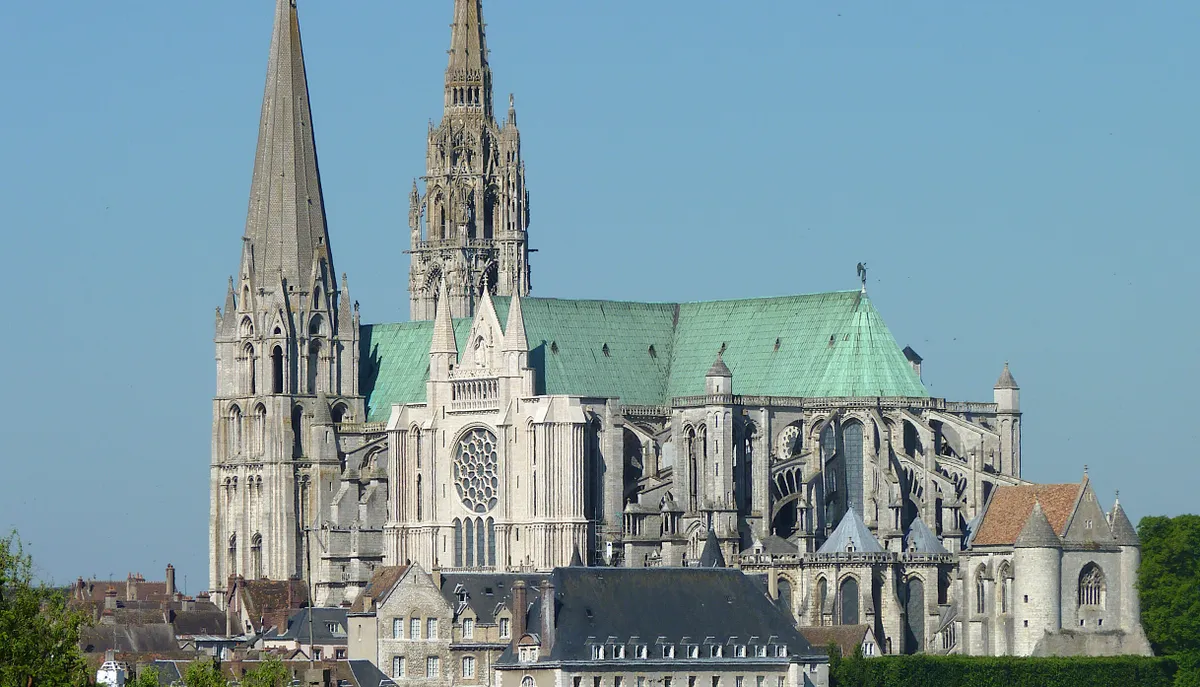
Seville Cathedral, Spain
Seville Cathedral is the world's largest Gothic cathedral and is a real showpiece for this beautiful Andalusian city. Built between 1434 and 1517 on the remains of what is believed to have previously been the city's main mosque, this cathedral is worth a visit for its majestic bell tower alone. You'll also find the impressive tomb of Christopher Columbus in there as well though.
Its organ was built by Jordi Bosch in 1779 and was the second largest pipe organ in the Iberian peninsula, but it was unfortunately destroyed in an earthquake in 1888. It was replaced in the early 20th-century with twin organs by Aquilino Amezua.
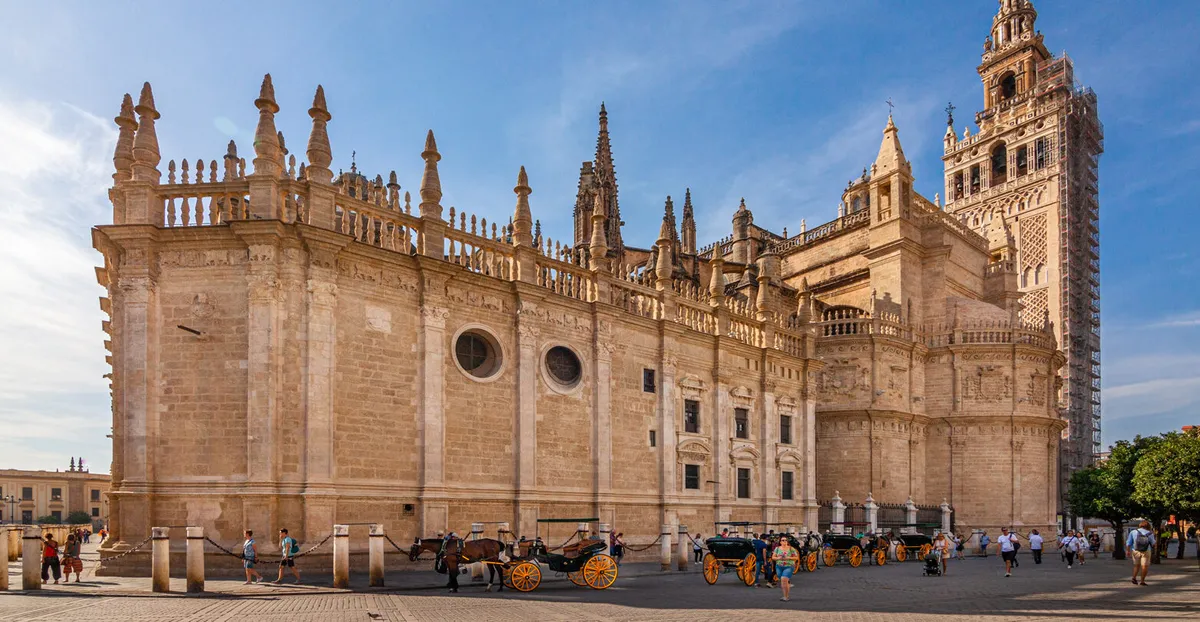
Toledo Cathedral, Spain
The medieval Gothic architecture of Toledo Cathedral makes it one of the most impressive in Spain. In its sacristy (the area in which the priest prepares for services) there are artworks by the great masters: Veláquez, Goya and El Greco. During the area's Muslim rule, the area contained the city's central mosque, which was then converted into a church in 1085. This was destroyed 140 years later, and the cathedral was then built on these foundations in a melting pot of architectural styles. The choir stalls are made of impressively carved wood and are unlike many of their kind.
While the cathedral holds several organs, there is one that is particularly impressive: The Emperor's Organ.
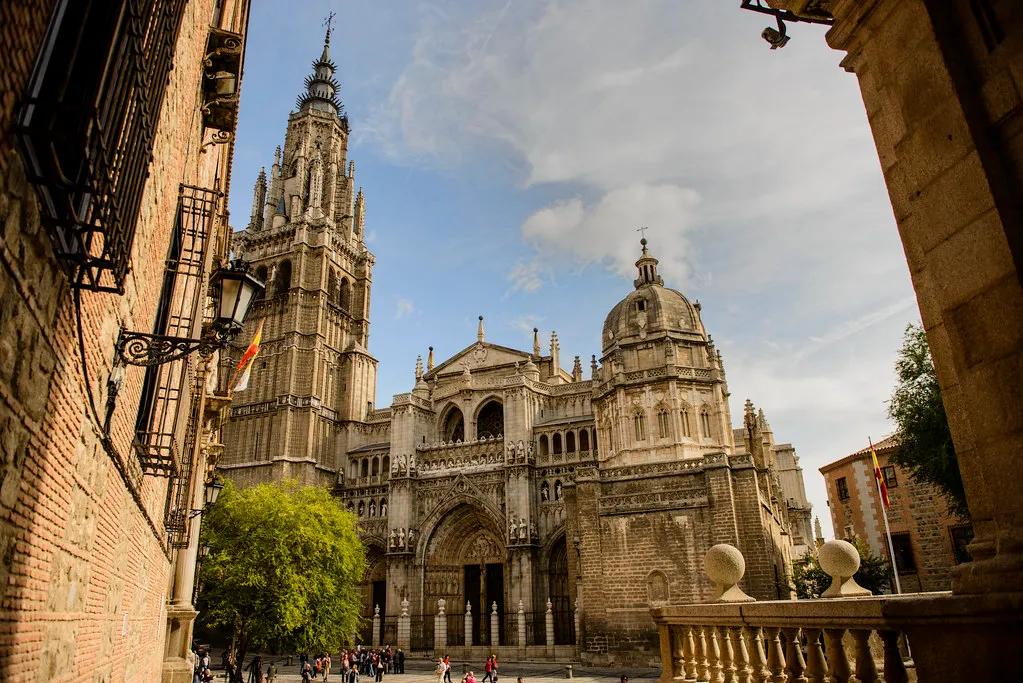
Cologne Cathedral, Germany
The construction of Cologne Cathedral began in 1248 but wasn't completed until 1880, under the project management of a series of different builders – surviving fires along the way. Despite its slow start, this is one of Europe's most impressive High Gothic masterpieces. Its immense twin towers loom over the city, which made it the tallest structure in the world when it was first completed. Washington Monument then clinched this title in 1884. The windows are a mix of 13th-century stained-glass and more modern style offerings by Cologne-based artist Gerhard Richter, who replaced the 19th-century glass that had been destroyed in World War II.
Cologne Cathedral has two pipe organs, both built by Klais Orgelbau, in 1948 and 1998 respectively.
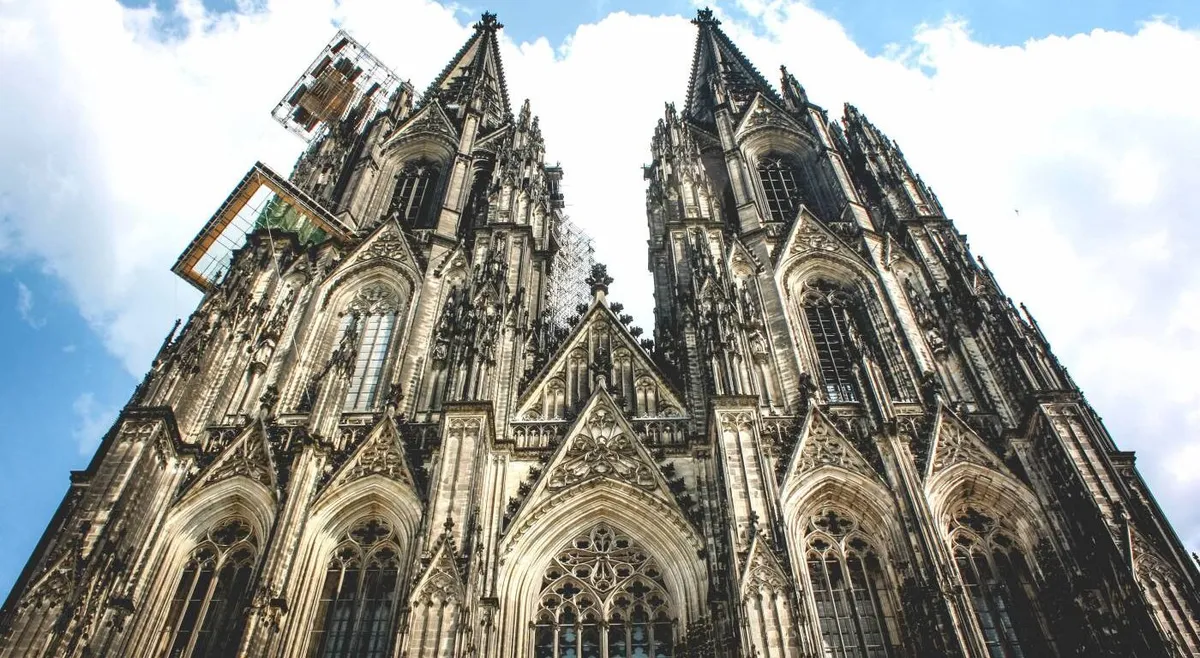
St Stephen's Cathedral, Vienna, Austria
St Stephen's Cathedral has become an icon of Vienna, positioned at the very centre of this artistic city. It remains the tallest church in Austria: the tallest of its four towers sitting at 136 metres. 13 bells hang here. St Stephen's Cathedral is most easily recognised thanks to its colourful roof tiles, that were laid to create the Royal and Imperial double-headed eagle and the coat of arms of the city of Vienna. This image has also been used on one of Vienna's most famous sweet snackss: the Manner Schnitted wafers.
St Stephen's received a new organ in 2020 after it had been silenced for 30 yeyars. The Kaufmann organ was installed in 1956 to replace its predecessor which had been damaged by fire. It was then retired in 1991 and remained unplayed until major renovation works.
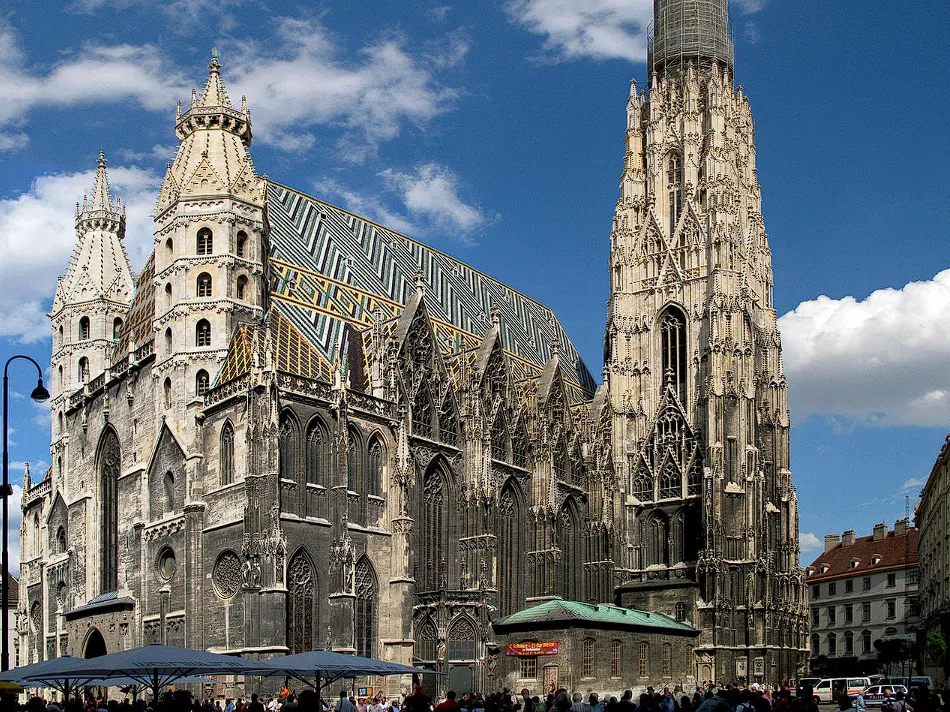
St Basil’s Cathedral, Moscow
The Cathedral of Vasily the Blessed is commonly known as St Basil's Cathedral and is an Orthodox church in Moscow's Red Square and one of the most familiar cultural symbols of Russia. It was built in the mid 1500s under the instruction of Ivan the Terrible, and commemorates the capture of Kazan and Astrakhan. It was the city's tallest building when it was completed in 1683, until the completion of the Ivan the Great Bell Tower in 1600.
The cathedral has nine domes, each one corresponding to a different church inside it, and is shaped like a bonfire rising into the sky. The building's eye-catching colours and redbrick towers are not matched by its insides, which feature more modest decorations and narrow corridors.

Milan Cathedral, Italy
Milan's Duomo is one of the most impressive structures in the city, if not the entirety of Europe. While it might not be the largest in scale, it has the most statues than any other building in the world. 3,400 statues, 135 gargoyles and 700 figurines decorate its facade and interior. Its construction officially started in 1386 and was supported by Milan's ruler at the time, who had grand visions for the cathedral. It's made from Condoglian marble from nearby Lake Maggiore, and has undergone construction for many centuries. Napoleon was responsible for instigating the completion of the facade in the early 19th-century, but construction still continues on this majestic building.
The Duomo organ is the largest in Italy – and second largest in Europe – in regard to the number of pipes and registers. It's also one of the 15 largest organs in the world, with 15,800 pipes, the tallest of which measures over 30 feet. There are five organ housings and five consoles. Undoubtedly one of Europe's best cathedrals.
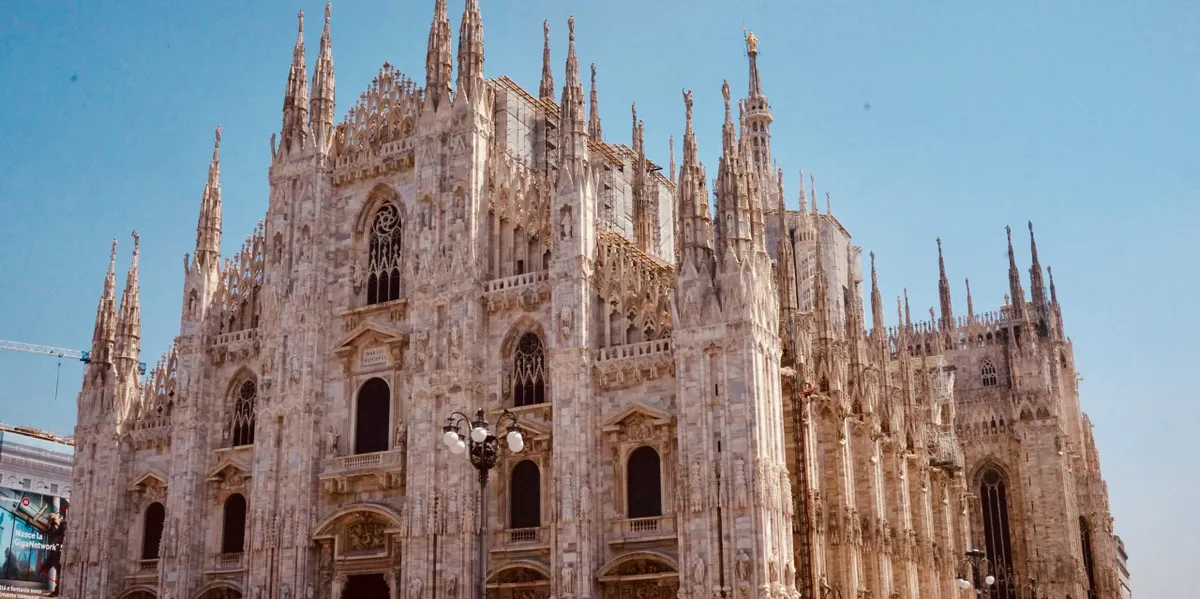
Durham Cathedral, England
Durham Cathedral was built in the late 11th century to house the relics of St Cuthbert and the Venerable Bede. It is one of the largest and finest examples of Norman architecture in Englan, sitting next to Durham Castle on the River Wear. It has been referred to by many as one of the best cathedrals in the UK.
The Durham Cathedral organ was built by 'Father' Willis in 1876-77, with four manuals and pedals, 98 speaking stops and 5,746 pipes. It's also home to one of the best cathedral choirs in the UK.
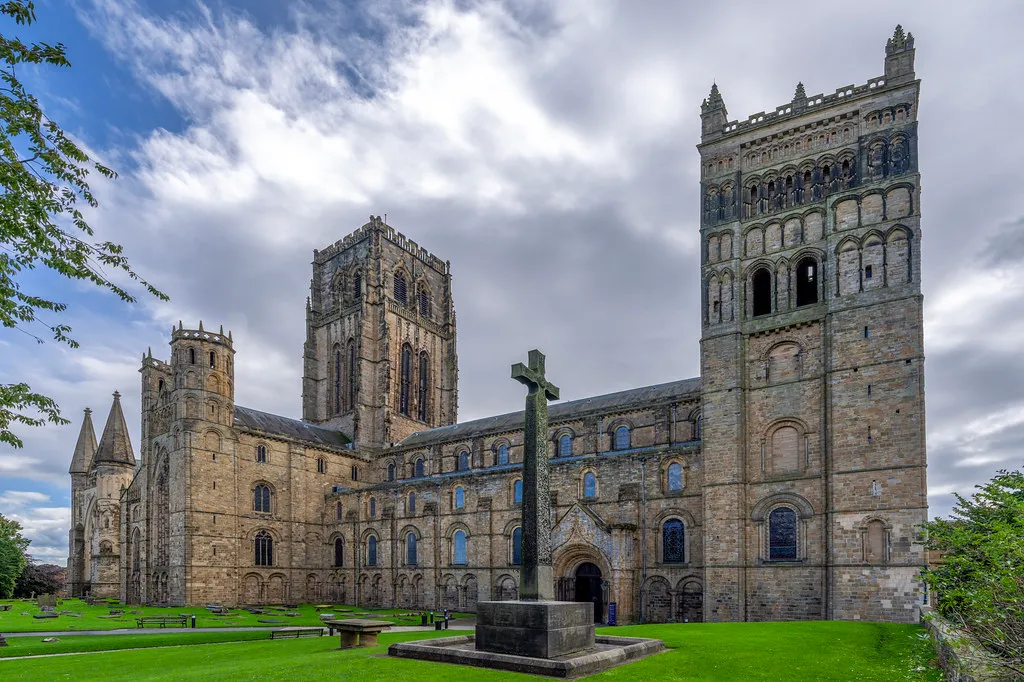
Salisbury Cathedral, England
Salisbury Cathedral is one of the leading examples of Early English Gothic architecture. Building began in 1220, but the spire came later in 1320. It remains the tallest church spire in the UK. You might know more about Salisbury Cathedral's 123-metre spire than you might expect, thanks to the viral clip of the Salisbury novichok suspects being interviewed about their surprising interest in this small English city. Salisbury Cathedral also contains one of four surviving original copies of the Magna Carta.
Like the Durham Cathedral organ, Salisbury contains a 'Father' Willis organ, also built in 1876-77 and still used today.
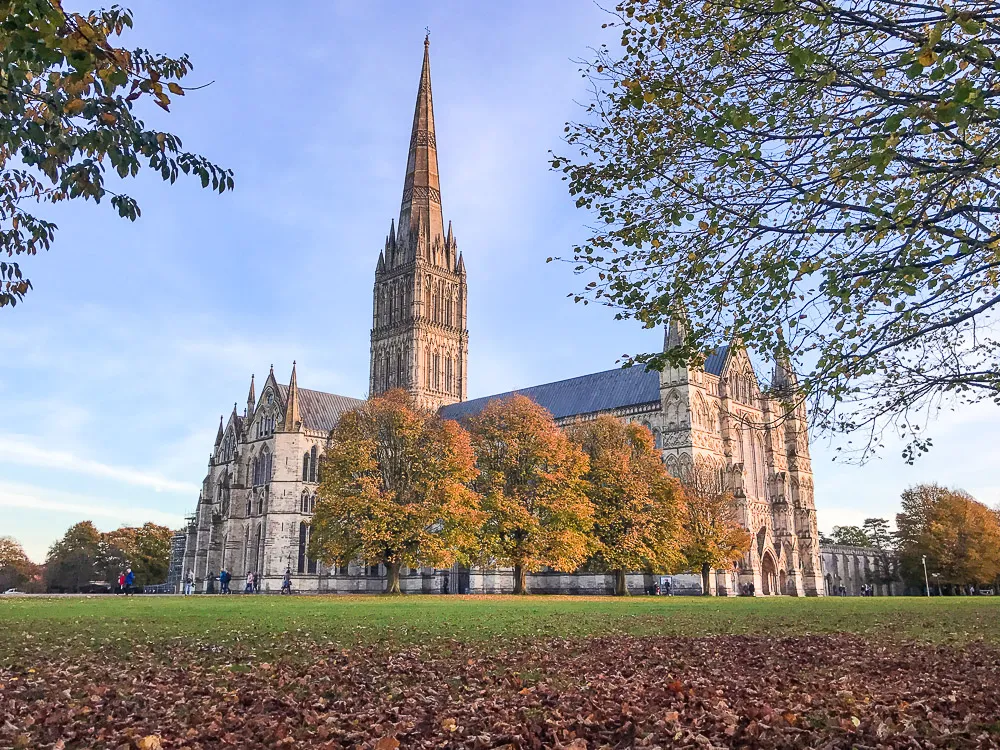
St John’s Co-Cathedral, Valletta, Malta
This church was commissioned in 1572 and completed in 1577. Since then has received many high-value gifts and artworks, making it a treasure trove to visit. It's one oof the most iconic works by Michelangelo Merisi da Caravaggio: 'The Beheading of St John the Baptist' (1608). This is the largest work of art by Caravaggio and the only one remaining that bears his signature. The Roman Catholic cathedral is dedicated to St John the Baptist and is a prime example of Baroque architecture.
St John's Co-Cathedral's organ is one of the finest in Malta, built by the Italian firm of organ builders Mascioni in 1960 with consultation from Ralph Downes. It remains the largest pipe organ in the Maltese Islands.
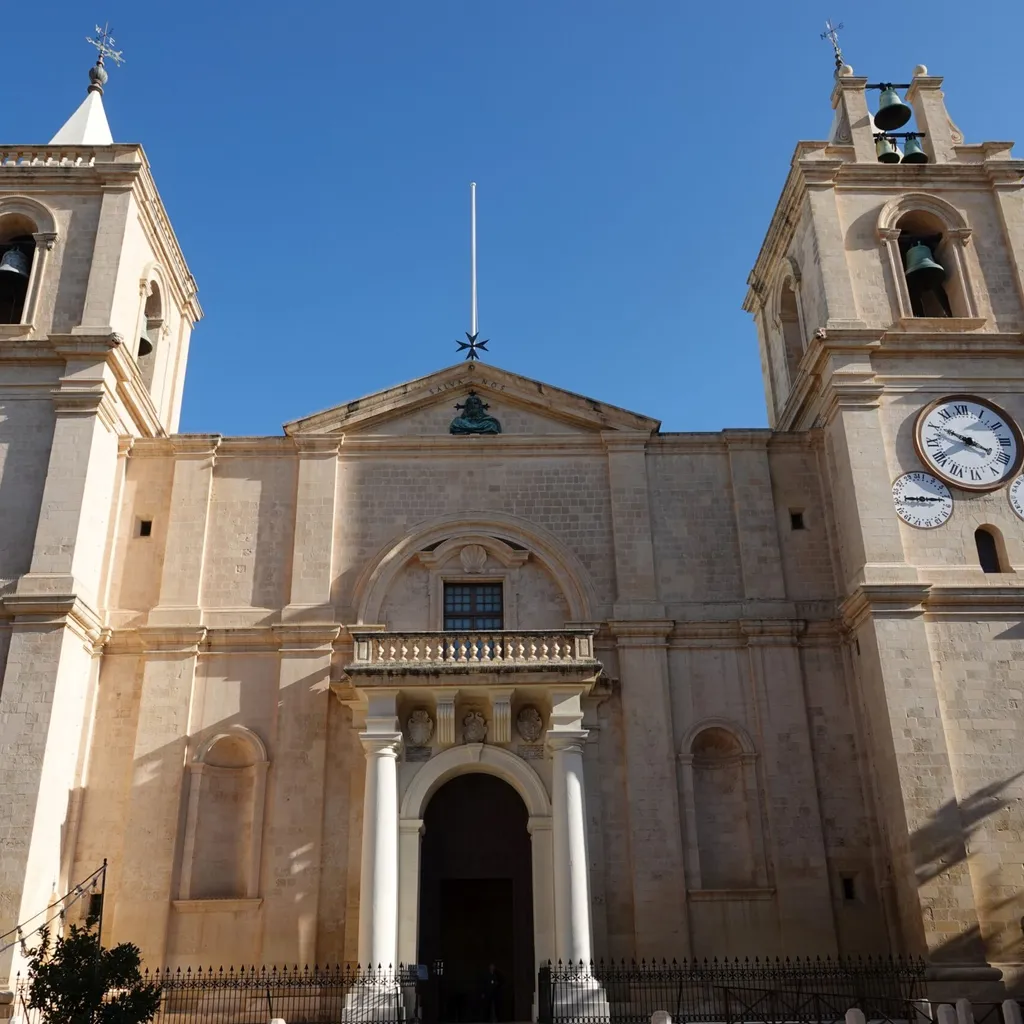
Cathedral of St John the Divine, New York, US
Located in the heart of Manhattan, the Cathedral of St John the Divine is designed in the Byzantine-Romanesque style of architecture, which was particularly popular when construction began in 1892. It was designed to rival St Patrick's Cathedral on nearby Fifth Avvenue. During construction, the vision shifted and by 1901 designers were aiming for a more Gothic style.
The cathedral is still officially 'unfinished', continuing its construction over many centuries. It's one of the largest church buildings in the world.
The cathedral campus has six organs, but the largest of them is The Great Organ, built by the Ernest M Skinner Company in 1910 and rebuilt and enlarged by G Donald Harrison of Aeolian-Skinner in 1954. It was restored in the early 21st-century following a fire in 2001.
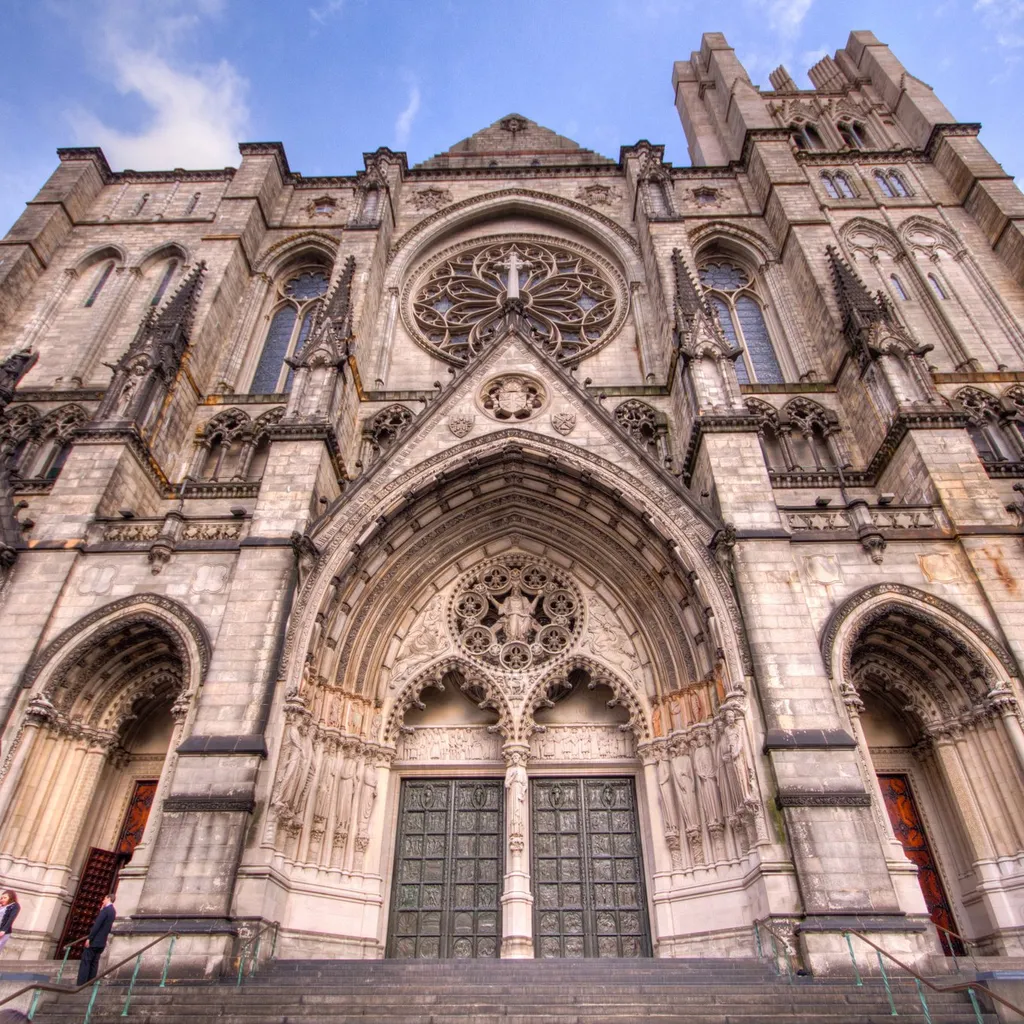
St Peter's Cathedral, Adelaide, Australia
St Peter's Cathedral was built in stages from 1869 to the early 20th century, and remains one of South Australia's most significant landmarks and one of the country's best cathedrals.
The organ of St Peter's Cathedral was built in England in 1929 by William Hill & Son and Norman & Beard, but with diapason pipes made in Australia. To this day, they remain the largest organ pipes in South Australia. In 2017, the organ was shipped back to the UK to be renovated by Harrison & Harrison.
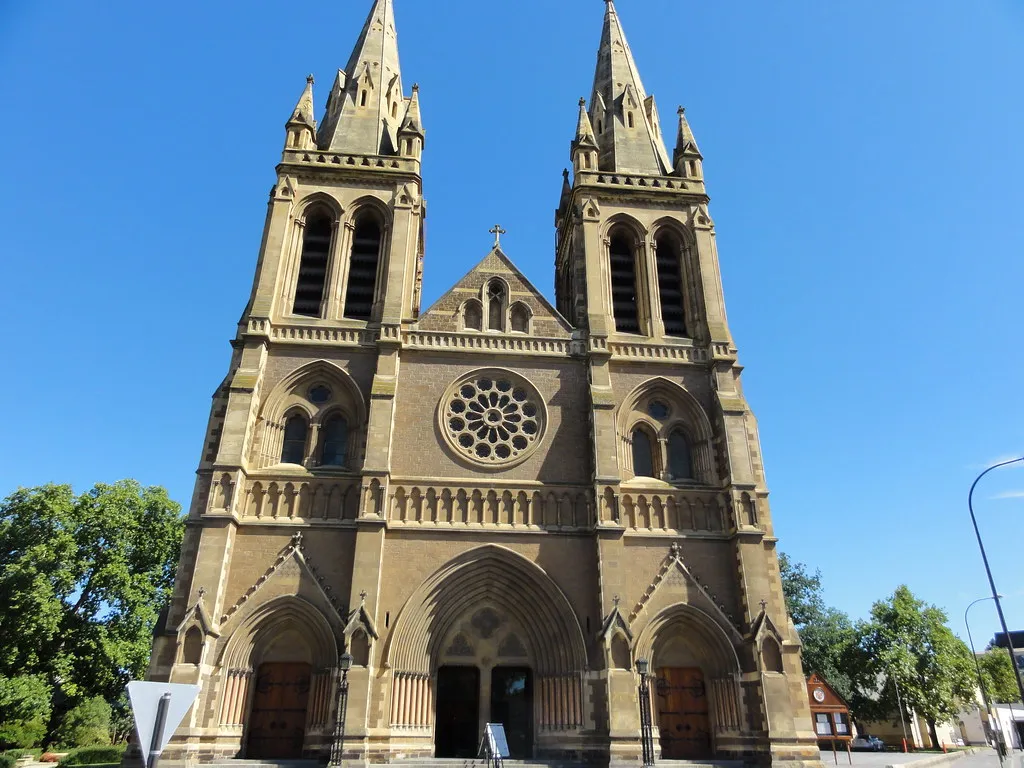
Cathedral of Brasília, Brazil
The Cathedral of Brasília is a marvel of modern architecture and is nothing like any of the other cathedrals included on this list. It sits at the centre of the Monumental Axis, the central avenue in Brasília. Desgined by the celebrated architect Oscar Niemeyer, it was his first project in Brasília, the city which eventually became the centre of his life's work. The exterior is hard to miss: sixteen columns rise from the ground like boomerangs to form a crown-like structure, created using Niemeyer's favoured materials of concrete and glass. It officially opened in 1970 and is dedicated to Our Lady of Aparecida, Brazil's saint. This is a building you'll struggle to overlook, making it unequivocally one of the best cathedrals in the world.
